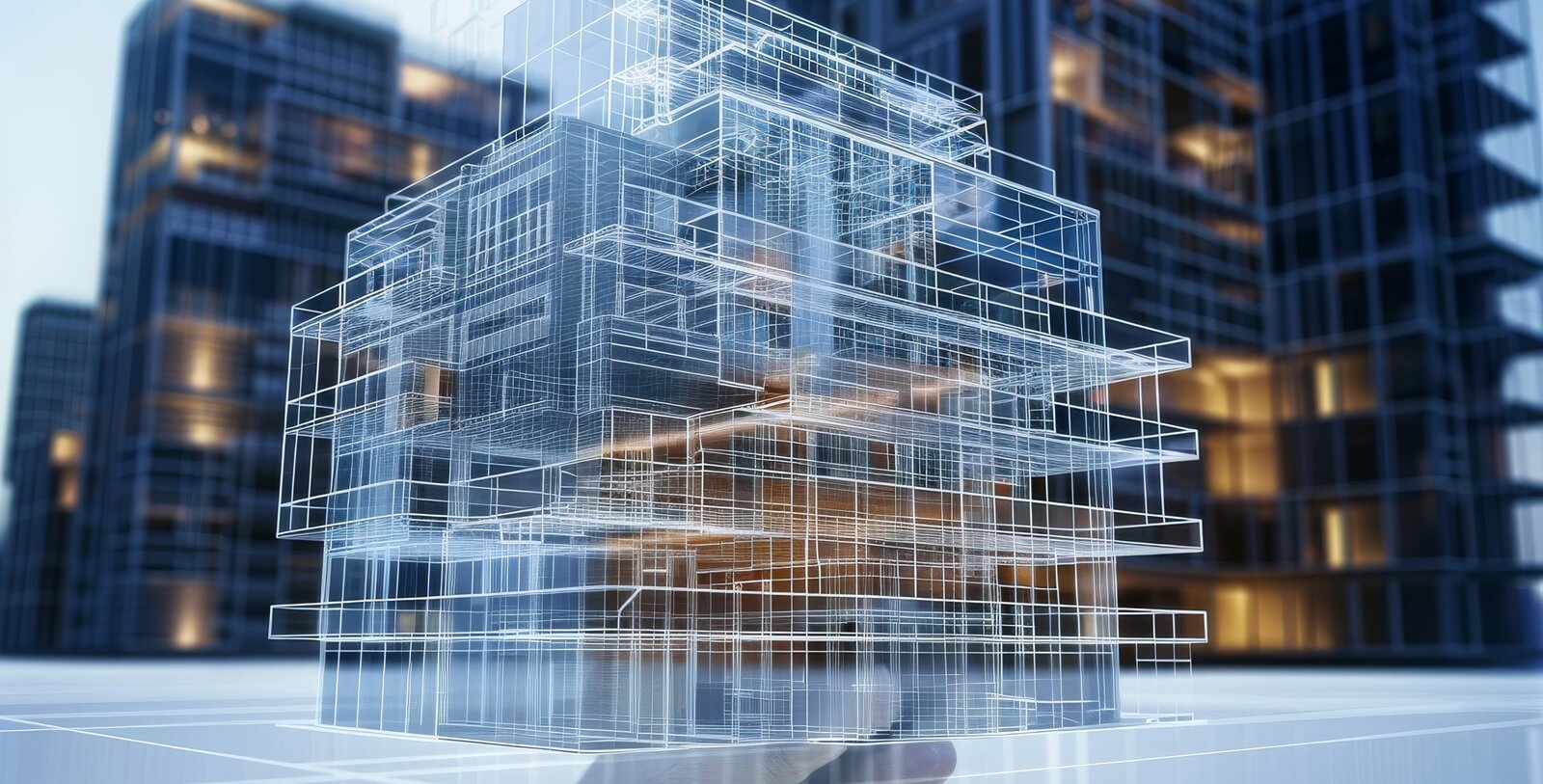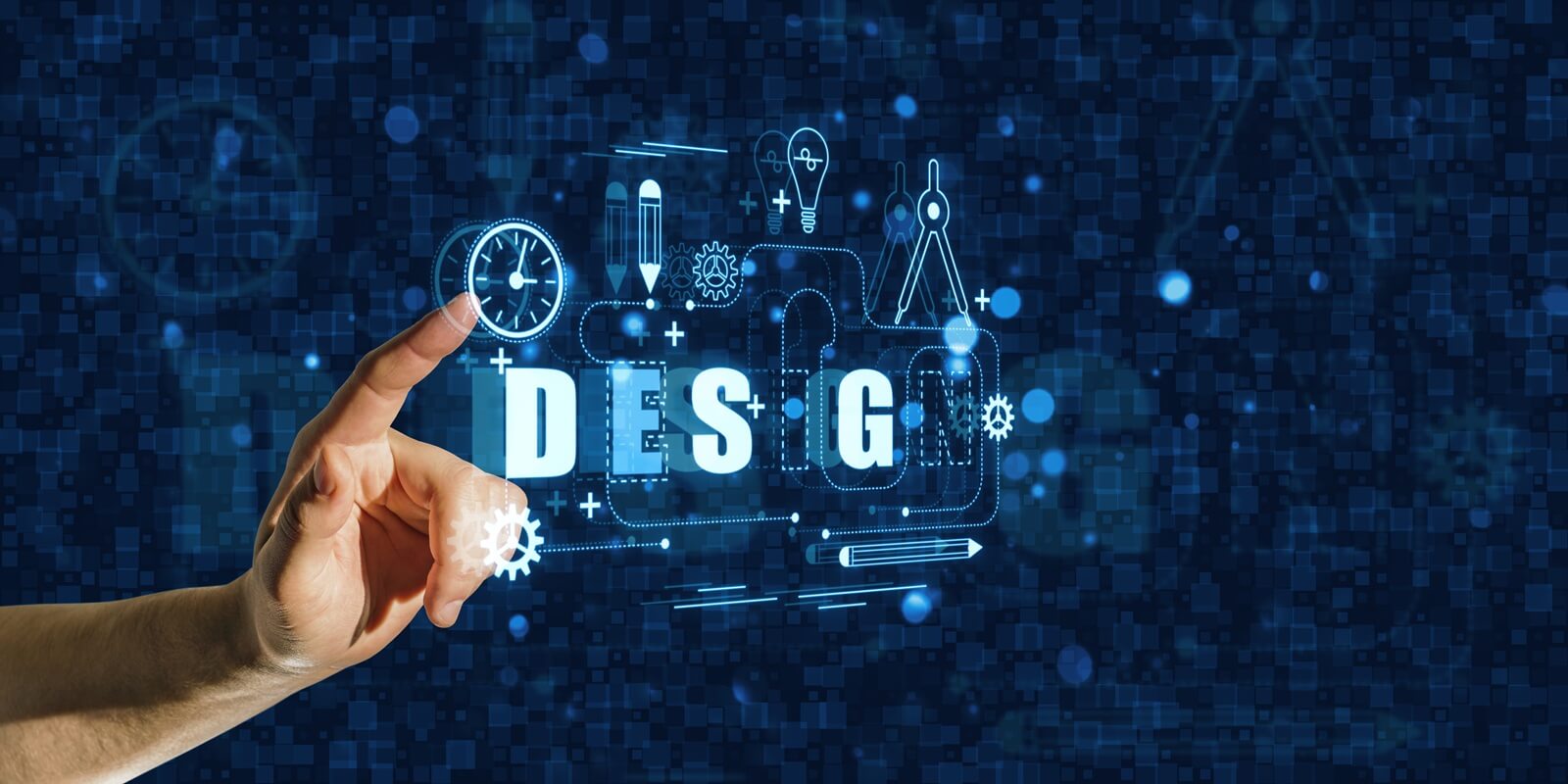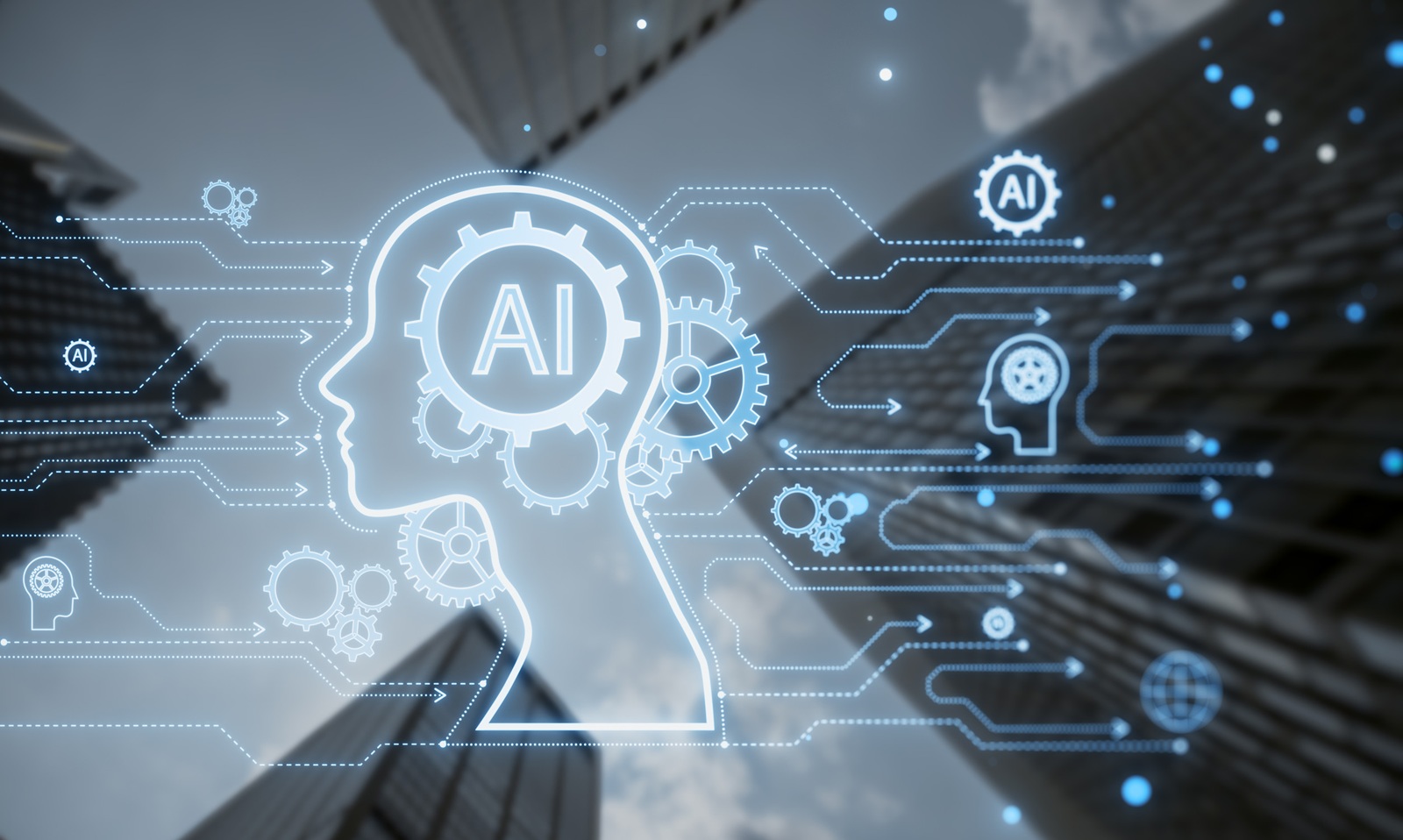The architectural and engineering world has entered an age where distance no longer dictates collaboration. Design firms are evolving into global ecosystems — fluid networks of architects, engineers, and consultants working seamlessly across time zones, continents, and digital platforms. Yet, with this shift comes new complexity.
Remote work, while empowering, introduces challenges of version control, communication lag, performance limitations, and cybersecurity vulnerabilities. The once-centralized design studio has become a distributed environment, dependent on the reliability and intelligence of its digital infrastructure.
Artificial intelligence is now redefining what remote collaboration means. It’s not just about video calls and shared folders anymore; it’s about real-time, predictive, and secure collaboration ecosystems. AI collaboration tools for architects integrate communication, modeling, and analysis — ensuring that every participant, from designer to contractor, works with unified precision.
At Stealth Technology Group, this transformation takes form through AI hybrid work solutions built for the modern design firm — intelligent systems that synchronize data, predict bottlenecks, and maintain security across distributed workflows. Collaboration becomes not just connected, but cohesive.

1. The New Architecture of Work: Collaboration Without Boundaries
Hybrid collaboration has shifted from being a convenience to a strategic necessity. According to McKinsey’s 2024 “Future of Work in Design” report, over 68% of architecture and engineering firms now maintain fully or partially remote teams. This decentralization allows access to specialized talent, faster iteration cycles, and expanded global reach.
However, distributed work also multiplies complexity. Design iterations happen simultaneously across multiple systems, increasing the risk of version conflicts, data loss, and redundant effort. Without intelligent coordination, projects risk inefficiency — a paradox in an industry that values precision above all.
AI resolves this tension by functioning as an orchestration layer that connects every participant to a shared ecosystem. It analyzes communication patterns, task dependencies, and file activities to ensure that no version, update, or conversation falls through the cracks. The result: collaboration that scales with global teams while maintaining the focus and structure of a single studio.
2. The Limitations of Traditional Remote Design Systems
Conventional collaboration tools were never designed for the depth and speed of architectural workflows. Video conferencing and shared drives solve basic communication but fail to manage large 3D models, version tracking, and real-time updates between applications.
Moreover, the lack of intelligent context creates fragmentation. A change in a structural drawing might not automatically update in the electrical plan. Team members waste valuable hours reconciling differences — a problem compounded by slow cloud storage and limited visibility across projects.
Latency becomes another critical barrier. Transferring massive 3D models between regions introduces delays, while simultaneous rendering tasks strain bandwidth and hardware resources. The traditional network simply cannot adapt dynamically to fluctuating demands.
AI overcomes these limitations by optimizing data flow, automating synchronization, and predicting workload distribution. When integrated with AI hybrid work solutions, remote collaboration becomes both seamless and resilient, allowing distributed design teams to function as a synchronized digital organism.
3. AI-Powered Collaboration: The New Digital Framework for Architects
Artificial intelligence introduces structure, adaptability, and foresight to collaboration. It analyzes behavioral patterns, identifies inefficiencies, and automates coordination — allowing architects and engineers to focus on creative output rather than administrative friction.
AI-driven collaboration systems operate as real-time decision engines. They evaluate user activity to determine who’s working on what, suggest the best communication channels, and prevent task overlap. By understanding project context, AI ensures that feedback loops are timely, relevant, and productive.
For example, when multiple architects edit a shared model, AI can automatically detect potential conflicts in geometry or materials, alerting both contributors before errors propagate downstream. It also tracks performance metrics — rendering times, system loads, and connection quality — adjusting resources to maintain smooth operation.
This framework transforms remote work from reactive coordination into proactive alignment. In essence, AI collaboration tools for architects replace passive communication with intelligent engagement, ensuring that every exchange contributes to progress.
4. Virtual Design Environments and Intelligent Co-Authoring
Virtual design environments (VDEs) are the backbone of connected collaboration. They enable real-time co-authoring, where multiple contributors manipulate the same model concurrently without waiting for updates or transfers.
AI enhances these environments by introducing predictive modeling and conflict resolution capabilities. It can simulate how a change in one system (e.g., HVAC layout) impacts another (e.g., structural load distribution), offering recommendations before changes are finalized.
Key Capabilities of AI-Enabled Virtual Design Environments
- Real-Time Synchronization: AI ensures all design changes propagate instantly across disciplines and locations.
- Conflict Prevention: Predictive algorithms detect potential geometry or data overlaps before saving.
- Performance Scaling: Resources are dynamically allocated during heavy tasks like rendering or simulation.
- Intelligent Context Awareness: The system prioritizes updates based on relevance — so teams see only what affects their scope.
In a conventional workflow, these steps would require manual intervention, re-exports, and frequent communication cycles. AI automates these processes, allowing teams to maintain momentum without sacrificing accuracy.
By integrating VDEs into Stealth’s AI hybrid work solutions, firms gain not just collaborative platforms, but intelligent environments that evolve alongside their projects.
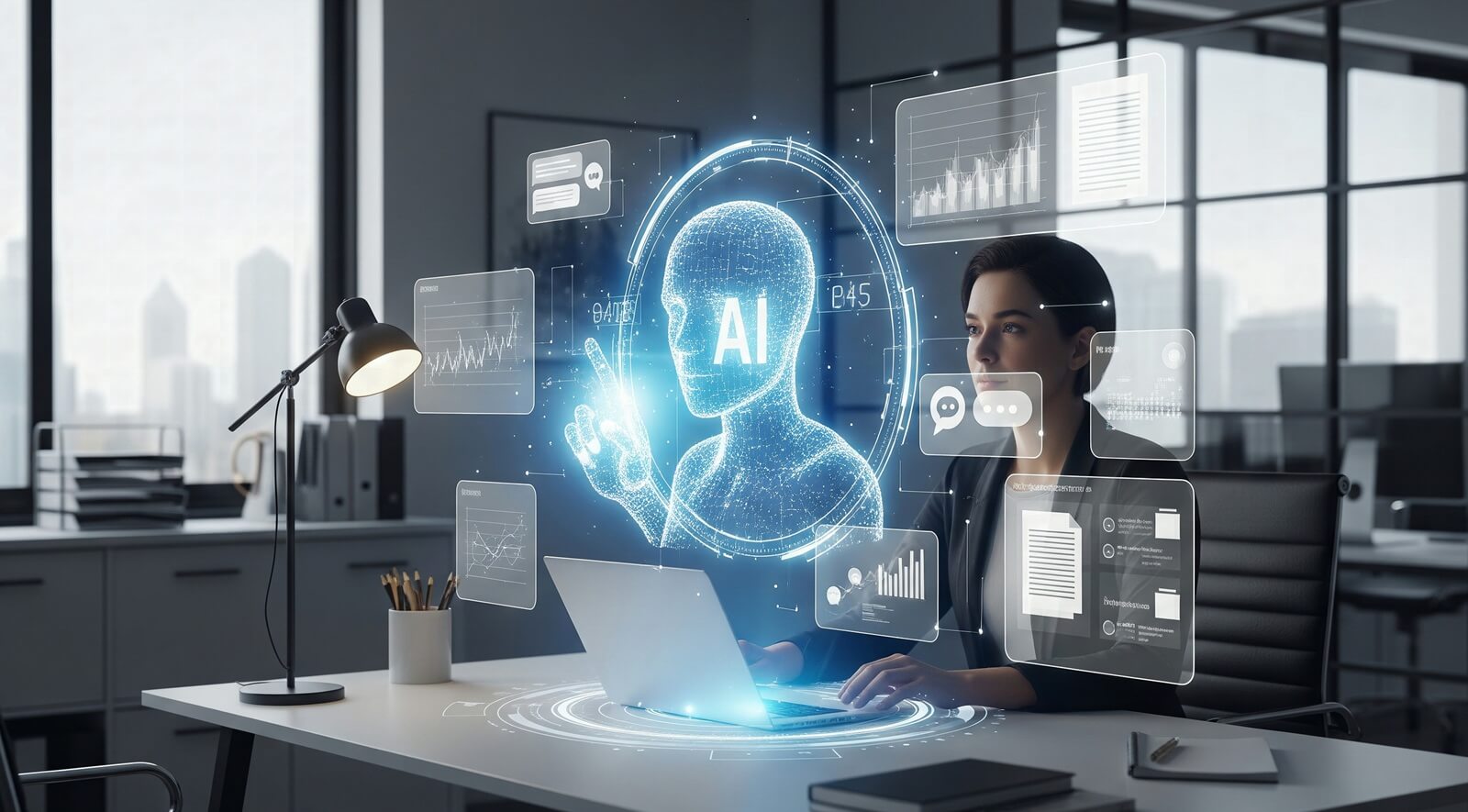
5. Predictive Communication: How AI Keeps Teams Aligned
The effectiveness of collaboration depends on communication — but in global teams, timing and clarity are constant challenges. Emails get buried, meetings overlap, and time zones delay responses.
AI communication intelligence addresses this by analyzing workflow data to predict optimal communication windows and routes. It determines which channels (chat, video, shared annotation) yield the fastest resolution for specific types of issues. For example, AI might route a technical modeling query directly to an engineer who solved a similar issue previously, bypassing the need for unnecessary escalation.
These systems also monitor collaboration fatigue, tracking message frequency and meeting load. If certain teams are over-scheduled or communication patterns decline, AI alerts managers, prompting rebalancing of workload or coordination styles.
In remote settings, this predictive communication framework becomes invaluable. It sustains engagement, accelerates problem-solving, and maintains productivity by ensuring that the right conversations happen at the right time — supported by the right data.
6. Security and Compliance in the Age of Distributed Design
As collaboration expands across borders, so does exposure to cyber threats. Design data — blueprints, models, and schematics — often contains sensitive intellectual property that, if leaked, can compromise entire projects or client relationships.
Traditional file-sharing systems lack the intelligence to detect and prevent subtle security risks such as data exfiltration, credential misuse, or unauthorized model access. Moreover, compliance with frameworks like ISO 27001 or SOC 2 becomes increasingly difficult when teams operate across jurisdictions.
AI-driven cybersecurity introduces adaptive threat monitoring that learns from user behavior. It identifies unusual access patterns, location anomalies, or data-sharing irregularities in real time, taking preventive action without manual oversight. This means that even in hybrid work environments, sensitive design data remains continuously protected.
Stealth’s infrastructure incorporates this intelligence at its core, combining encrypted communication, AI threat analysis, and automatic compliance reporting. The result is design collaboration that is as secure as it is seamless, enabling teams to share ideas freely without fear of exposure.
7. The Stealth Technology Group Ecosystem: Secure Collaboration, Global Efficiency
Stealth Technology Group has reimagined how global design firms connect, collaborate, and create. Its AI-powered collaboration infrastructure merges the speed of real-time communication with the precision of predictive intelligence.
At its foundation lies a secure cloud-AI architecture designed for performance-sensitive workflows. Whether teams are working in Revit, AutoCAD, or Rhino, Stealth optimizes system performance dynamically — allocating bandwidth, managing rendering queues, and ensuring uptime even under heavy demand.
Core Pillars of Stealth’s AI Collaboration Ecosystem
- Predictive Performance Optimization: AI continuously analyzes workload distribution and adjusts computational resources for maximum responsiveness.
- Encrypted Real-Time Collaboration: Every session, message, and model transaction is protected through multi-layer encryption and adaptive access control.
- Intelligent Version Management: AI tracks design iterations across projects, automatically archiving historical versions for traceability and compliance.
- Global Data Synchronization: Cross-continent teams experience zero latency due to Stealth’s edge-based hosting framework.
By unifying collaboration, performance, and protection, Stealth’s AI ecosystem eliminates the trade-offs between creativity and control. Architects and engineers can innovate freely, confident that their work is safeguarded and always in sync.
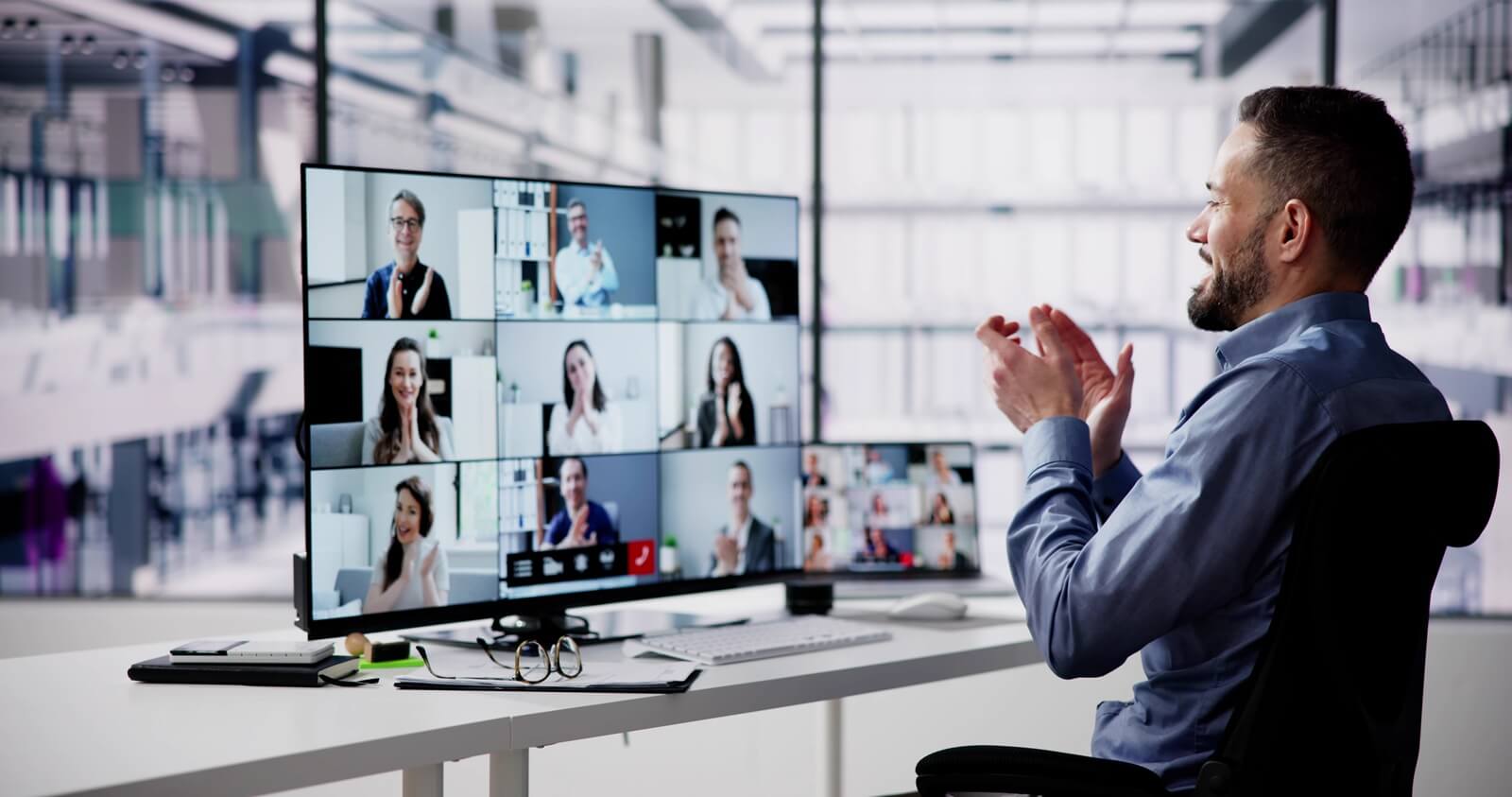
Summary
Remote collaboration has become the defining paradigm of the modern design industry. Yet, with complexity comes vulnerability — fragmented systems, inconsistent communication, and rising security risks. Artificial intelligence transforms these challenges into strengths, turning distributed design into a model of efficiency, foresight, and control.
Through AI collaboration tools for architects, firms gain more than connectivity — they gain intelligence that learns how their teams operate, predicts workflow inefficiencies, and eliminates coordination delays before they occur. Real-time modeling, automated updates, and predictive communication replace fragmented tools with unified ecosystems.
Stealth Technology Group delivers the infrastructure that makes this evolution possible. Its AI hybrid work solutions integrate secure communication, intelligent performance management, and compliance automation into a single, cohesive platform. The result is a connected design firm that is not just remotely operational but globally optimized.
As the boundaries between offices, disciplines, and time zones dissolve, one truth remains: collaboration defines success. With AI as its foundation and Stealth as its backbone, the connected design firm is not just working smarter — it’s working together, intelligently and securely.


